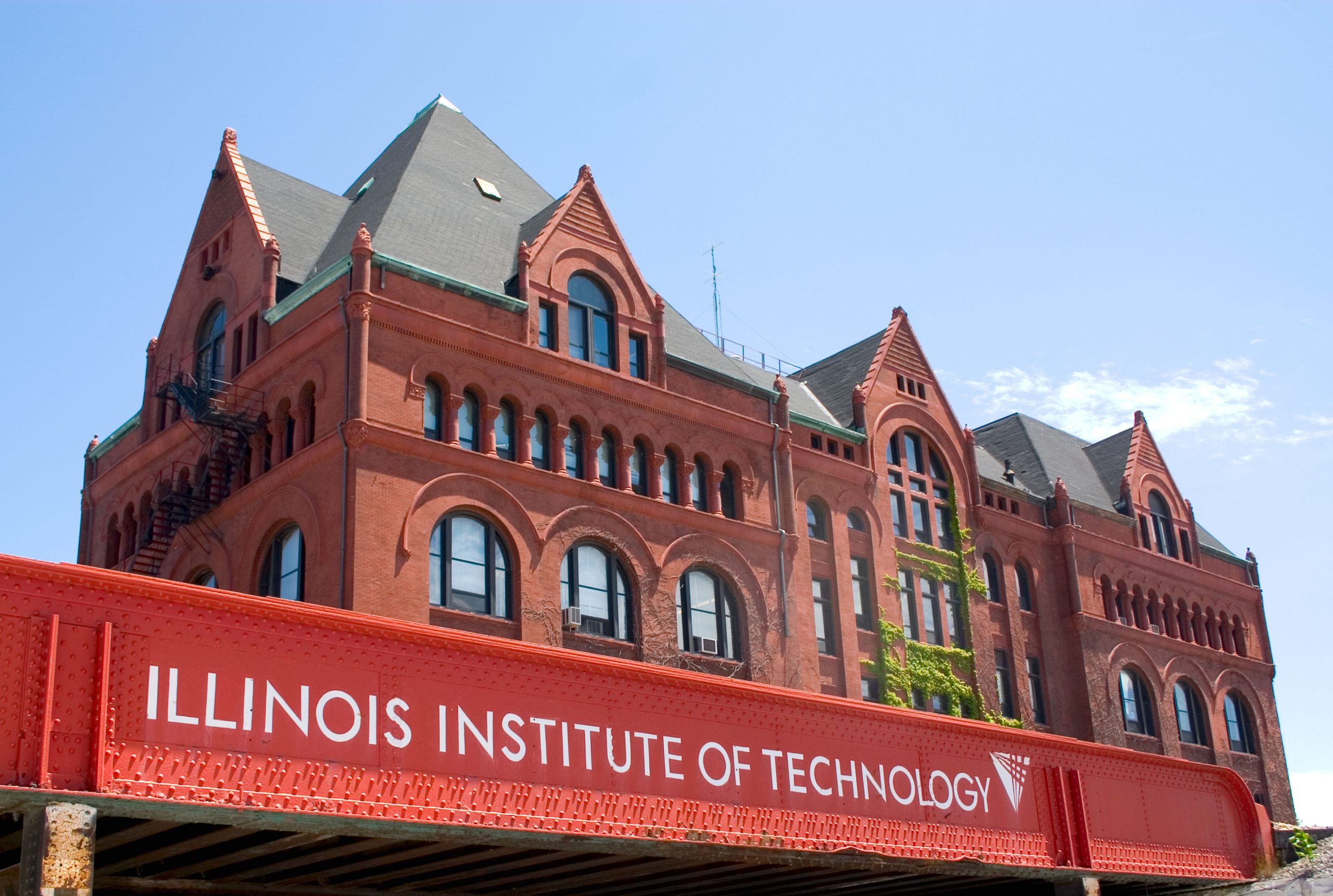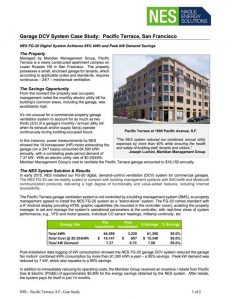MENLO PARK, CA, May 6, 2013 – Nagle Energy Solutions (NES) announced today that an innovative garage ventilation system it project designed and installed at Parc Pointe Apartments, a large residential complex in Burbank, CA, reduced kilowatt-hour (kWh) consumption and peak kilowatt (kW) demand by 94.2%, cutting the property’s annual utility bill by $45,300.
Inspectors for the regional, public utility verified post-installation power measurements by NES, a leading green-technology consulting and installation company, showing an annual energy savings of 307,900 kWh and 35.15 peak kW – all while running the property’s garage fans on a 24/7 basis. As a result, Parc Pointe Apartments’ annual garage ventilation costs drop from $48,080 to just $2,800 a year – or from $132 per day to just $7.70.
According to Anchor Pacifica Group, our system reduced the annual energy bill for the entire property by greater than 38%.
“I appreciate the ingenuity NES demonstrated in helping us dramatically reduce our energy costs while holding installation costs to a minimum. The net present value (NPV) on a project price of $69,700 exceeds $490,000, and the minimum cash inflow it provides surpasses $610,000 over the life of the system. This was truly a no brainer,” said Brian Botsford, Asset Manager for the Anchor Pacific Group, which owns and operates Parc Pointe Apartments.
The property possesses two, split-level garages. Combined, the garages accommodate approximately 240 cars. Each garage is ventilated by nine, small motors – with horsepower (HP) ranging from 2 HP up to 7.5 HP – for a total of 18 motors. Pre-installation measurements by NES verified the motors consumed 326,800 kWh in the past 12 months.
“The challenge was to minimize the bill of material while accounting for the need to incorporate variable frequency drives (VFDs) in our garage ventilation strategy/solution,” said NES Principal Frank Nagle. “On-site inspection(s) of the garages’ respective electrical systems confirmed it was possible to reduce the total number of VFDs by a half – from 18 (or one VFD per motor) to nine – by combining two (2) and, in some instances, three (3) low-HP motors on to one VFD.”
NES installed an innovative carbon monoxide (CO) sensor-based, demand-control ventilation (DCV) system for garages. It utilizes a proprietary, smart-control logic that detects and measures vehicle fumes in the garage space and then modulates fan speeds to prevent CO levels from exceeding 10 parts per million (ppm) for extended periods of time. The system consistently achieves energy savings up to and beyond 95%, while ensuring the health and safety of building occupants and visitors by providing continuous ventilation



